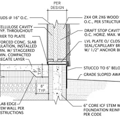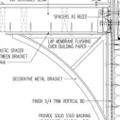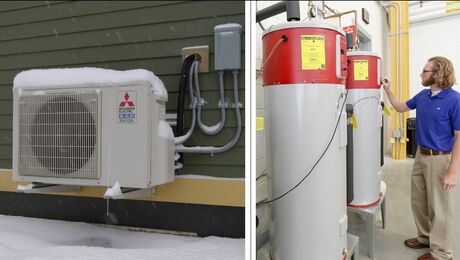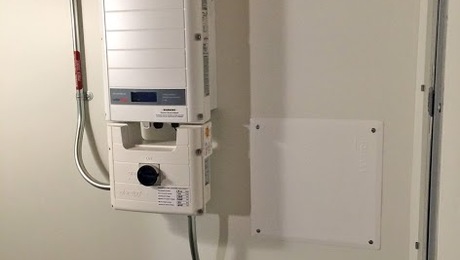Rim joist thermal barrier
The rim joist in my unfinished basement is insulated with 3 inches of rigid polyiso along with one part spray foam to air seal around the edges. My understanding is that building code exempts up to 3 1/4 inches of spray foam in this area from the thermal barrier requirement, but that this exclusion does not apply to rigid foam boards. I have seen some postings on this site (http://www.qa-greenbuildingadvisor.com/community/forum/building-code-questions/36030/spray-foam-ignition-barrier) which suggest that installing R15 mineral wool over the rigid foam would meet the thermal barrier requirement, but I have not been able to find much in the way of actual documentation to support this assertion. Will the mineral wool actually meet code? What would be a code compliant way of installing 1/2″ gypsum over the rigid foam? The one part spray foam applied around the edges of the rigid foam has not created a ‘flat’ surface amenable to gluing the gypsum directly to the foam. Can I glue the gypsum to some sort of 1/4″ to 1/2″ spacer material (maybe more gypsum) and then glue the spacer to the central area of the rigid foam, thus avoiding the unevenly foamed edges?
GBA Detail Library
A collection of one thousand construction details organized by climate and house part









Replies
Michael,
Like you, I have not found any references in the code that allow the use of mineral wool insulation as a thermal barrier. (It can, however, in some cases be used as an ignition barrier.)
The IRC exception for rim joists (R316.5.11) applies only to spray-applied foam, not to rigid foam.
Here's what I have written on this issue:
"In section R316.4, the IRC defines a thermal barrier as 1/2-inch gypsum wallboard (a prescriptive thermal barrier) or a material that is equal in fire resistance to 1/2-inch gypsum wallboard. The required test to determine whether a material is equivalent to 1/2-inch drywall is the 15-minute fire test; for this reason, this type of thermal barrier is sometimes called a 15-minute barrier. Examples of materials that have passed the 15-minute fire test and are therefore considered equivalent to 1/2-inch drywall include certain types of spray-applied cementitious materials, spray-applied cellulose materials, and cement-based plaster."
The easiest way to proceed in your case is to use 1/2-inch drywall as a thermal barrier. You can use any kind of shim you want -- including wood scraps or drywall scraps -- behind the 1/2-inch drywall to make a co-planar surface. Either glue or screws can be used to attach the 1/2-inch drywall.
For more information, see Thermal Barriers and Ignition Barriers for Spray Foam.